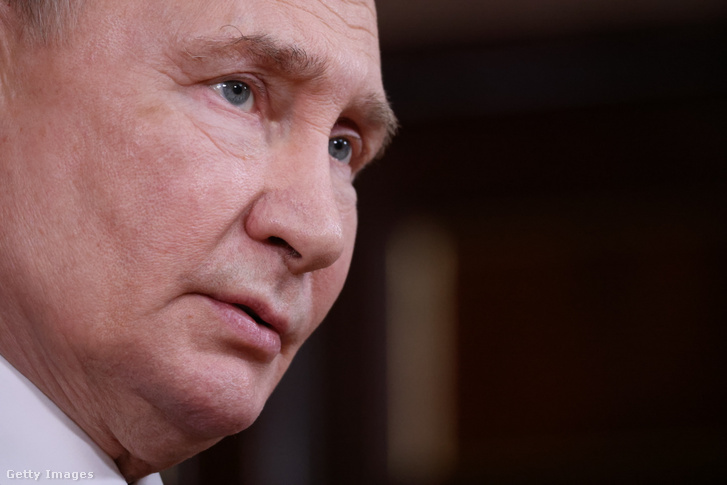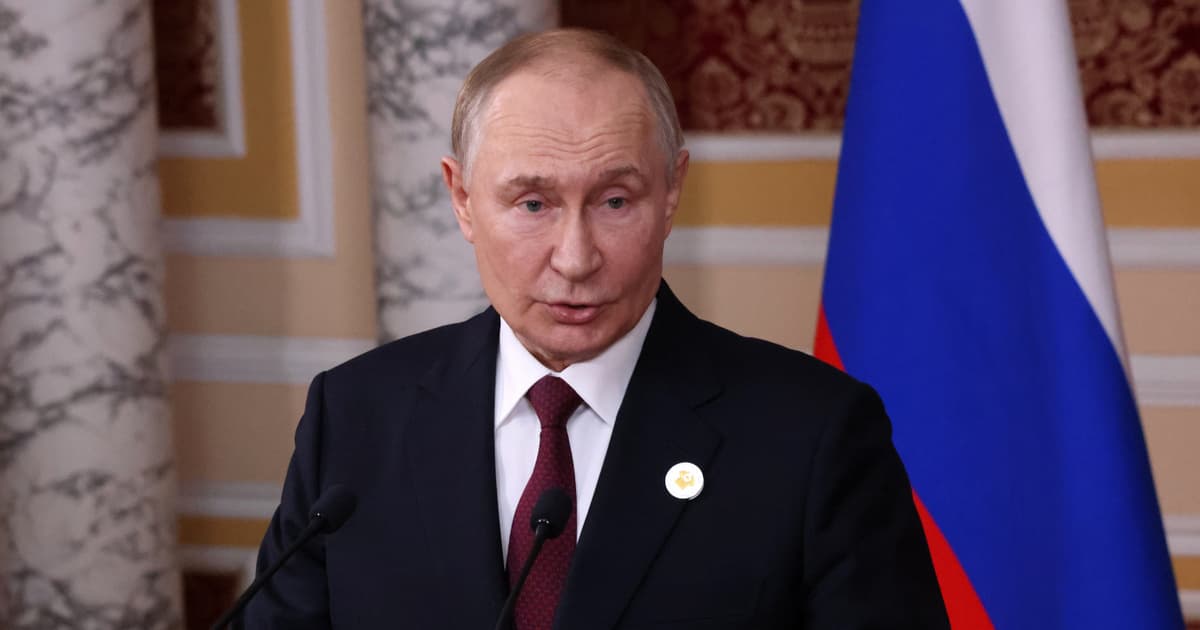On October 16, US President Donald Trump announced that in a phone call initiated by his Russian counterpart, Vladimir Putin, the US president had suggested to Putin that the next meeting between the two leaders be held in Budapest.
Since then, Trump and Kremlin spokesman Dmitry Peskov have said that the meeting could take place within two weeks, and next week, the details of the summit will be discussed at the highest foreign ministerial level, just as the Hungarian government has begun organizing a possible US-Russian summit.
However, the potential peak still has a problem:
The International Criminal Court (ICC) issued an international arrest warrant for Vladimir Putin in March 2023, so in theory Hungary should arrest him, since Hungary is a member of the organization until June 2, 2026 - the European Commission spokesperson also spoke about this on Friday - but the Russian president has nothing to fear from this.
On the one hand, Hungary did not arrest Israeli Prime Minister Benjamin Netanyahu, even though there is an arrest warrant for him, and on the other hand, Hungarian Minister of Foreign Affairs and Trade Péter Szijjártó said at a press conference on Friday that Hungary, as a good host, will ensure that the Russian president can arrive in Hungary safely, hold talks here, and then go home.
However, a bigger problem for the Russian president is that
Russian aircraft are banned from the airspace of European Union states.
After Russia escalated the conflict, which had been going on for eight years, into a full-scale invasion on February 24, 2022, one of the first sanctions imposed by Western countries was to ban Russian aircraft from their airspace.
Putin may have to take a long detour to come to Hungary
Despite the fact that Russian-registered aircraft and aircraft of Russian airlines are banned from EU airspace, member states can waive this in four cases, according to the regulations on the European Union Aviation Safety Agency (EASA) website. The relevant legislation in this case reads as follows:
Flights expressly authorised by EU Member States for humanitarian purposes or for any other purpose consistent with the objectives of Regulation (EU) No 833/2014.
However, even in this case, Russian authorities must request permission from the relevant member states to enter their airspace, which they may refuse.

A spokesperson for the European Commission, Anitta Hipper, also spoke to journalists about this on Friday at the commission's usual midday press conference, when she confirmed in response to a journalist's question: member states can decide to temporarily lift the bans, but this remains a matter for member states.
What routes are possible?
The easiest route between Hungary and Russia would – in theory – be through Ukraine, but it is not at all realistic that Ukraine would allow this, just as it is extremely unlikely that Putin would want to fly to Hungary via the country he is currently at war with.
The other shorter route would lead to Hungary via Belarus, Poland and Slovakia, but it is questionable whether the Polish authorities would grant permission for this, even if Slovakia were willing to do so.
Another option could be a Romanian or Balkan route via the Black Sea, or an even bigger detour via the airspace of Turkey, which has repeatedly provided a venue for negotiations between the Russians and Ukrainians, via the Mediterranean Sea, so that the Russian president could then reach Budapest, the venue for the possible meeting, via Bosnia-Herzegovina and Serbia.

